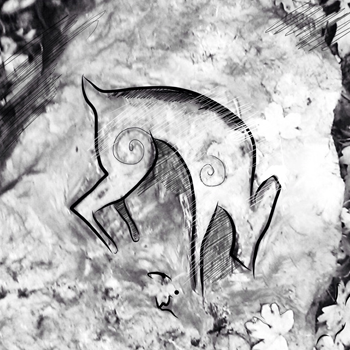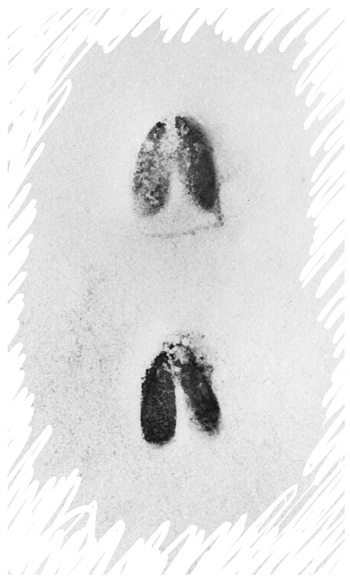
Posh Name: Capreolus capreolus
Diet: Roe deer are herbivores and like to eat grass, leaves and shoots. They especially like to eat baby holly and beech trees, but this is bad for forests because it means new trees can’t grow to replace old ones.
Habitat: Roe deer like to live in small woodlands like Towerhouse Wood, but they have adapted to live in all sorts of places; farms, forests, even in parks and gardens in large cities.
Lifespan: On average roe deer live to be 7 years old, but sometimes they can live to be as old as 16.
Size/Weight: Adult roe deer usually weigh 10 to 25kg and are 60 to 75cm tall up to their shoulder and 95–135 cm long. The bucks are slightly bigger than the does.
Home: Roe deer don’t build nests or dens; in fact they are active for 24 hours a day, choosing to rest in open spaces so that predators won’t have anywhere to hide! They spend a lot of time ‘lying up’, which means that they lie down and rest while they digest all the grass and leaves they’ve eaten.

Mating and Courtship: Roe deer usually live on their own, only coming together to mate. Mating season happens between July and August and is called the ‘rut’. Male deer are called bucks. Bucks size each other up and then fight, clashing their antlers together. Lots of bucks get badly injured or even killed in the rutting season, so only the strongest deer survive. Bucks mate with more than one doe and does will sometimes mate with multiple bucks until they are pregnant.
Babies: Does can stop their babies from growing inside them until January. This is to make sure the kids are born when it’s warm enough for them to survive, usually June in the next year. Roe deer often have twins or triplets. The kids are very weak when they are born but learn to walk within a few hours! This gives them a better chance of survival in the wild, as do their spotty coats. Does leave their kids hidden in long grass or bracken while they graze, coming back to feed them every three hours. When the kids are old enough they join the herd grazing, or go off to find territory of their own.
Defining Features: Roe bucks have short antlers with three points and markings on their heads. Does are a little bit smaller than bucks and don’t have antlers. Roe deer’s coats change colour depending on the season. In the summer they are red but in winter their coats change to a greyish cream with yellow spots. They also get a white patch on their bums that get bigger when they are very happy or very scared!
Peculiar Behaviour: When they are scared, angry or rutting, roe deer bark, a little like dogs! Bucks dun in circles, trampling undergrowth into figures of eight to attract a mate! These circles are called ‘roe rings’ and are very recognisable.
Weaponry: Roe deer have a very good sense of smell and excellent hearing so they can sense a predator from a long way away. Bucks have sharp horns, but roe deer are so used to being hunted that they are more likely to run away than fight, unless you are a rival buck! They run very fast, so hunters have to be very stealthy to sneak up on them.
Vulnerability: In Britain there used to be lots of predators who hunted deer, like bears, wolves and lynx’s, but they are all extinct now. Without their natural predators roe deer are not very vulnerable and are becoming increasingly common. In fact, in some areas there are so many deer that they are eating all the young forests and game keepers have to hunt them to protect our other wildlife. Sadly, roe deer have a habit of wandering out of forests and onto motorways and country roads where they might get hit by cars.

